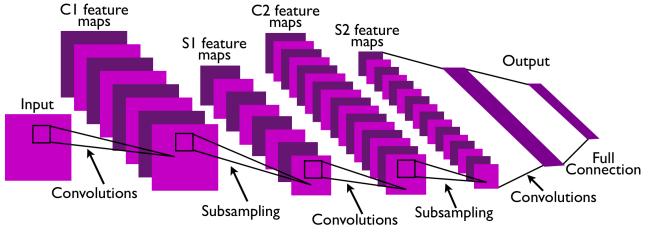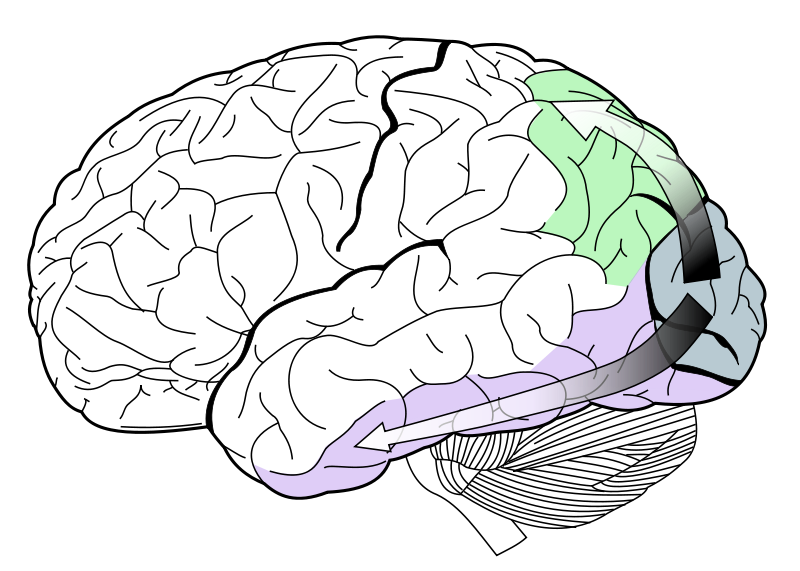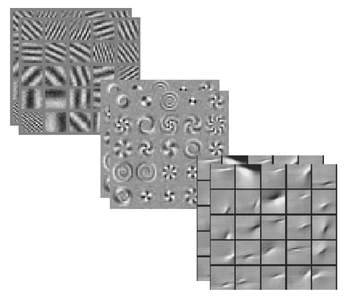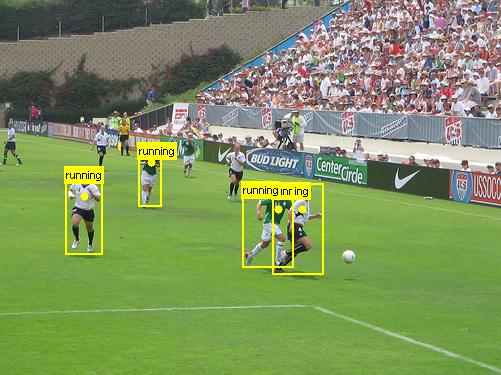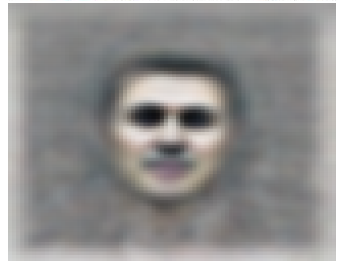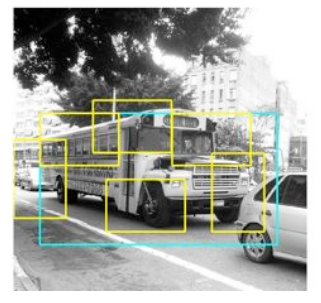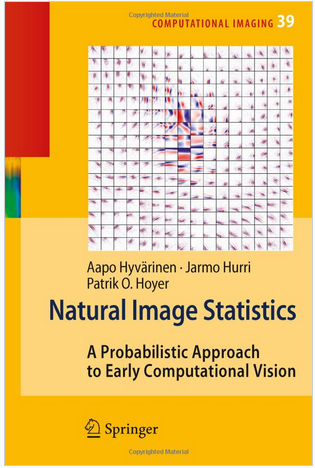|
Date
|
Topic
|
Readings
|
Notes
|
| Introduction / background |
|
Jan 13
|
Lecture: Introduction
|
|
notes
|
|
Jan 14
|
Probability/linear algebra review
|
|
notes
|
|
Jan 20
|
Python review
|
|
notes
logsumexp.py
|
| Learning about images |
|
Jan 21
|
Filtering, convolution, phasor signals
|
Reading 1:
barlow
or
attneave
|
notes
|
|
Jan 27
|
Fourier transforms on images
|
|
notes
Reading 1 due
|
|
Jan 28
|
Fourier transforms on images (cont.)
|
Reading 2: sparse coding (Foldiak, Endres; scholarpedia 2008)
|
|
|
Feb 3
|
Sampling, leakage, windowing
|
|
notes
Reading 2 due
|
|
Feb 4
|
PCA/whitening and Fourier transform
|
|
notes
assignment 1
|
|
Feb 10
|
Whitening vs independence, ICA
|
Reading 3: Emergence of Simple-Cell Receptive Field Properties by Learning a Sparse Code for Natural Images. (Olshausen, Field 1996)
|
notes
|
|
Feb 11
|
ICA (contd.)
|
Reading 4: The ``independent components'' of natural scenes are edge filters (Bell, Sejnowski 1997)
|
Assignment 1 due
assignment 2
|
|
Feb 17
|
Overcompleteness and energy-based models,
A1 discussion
|
|
notes
Reading 3 due
convolve.py
solution A1 Q3
solution A1 Q4
|
|
Feb 18
|
Some biological aspects of vision
|
Reading 5: Feature Discovery by Competitive Learning (Rumelhart, Zipser; 1985) (email instructor if you cannot access the pdf)
|
notes
Reading 4 due
|
|
Feb 24
|
Kmeans/Hebbian-style feature learning
|
|
notes
Reading 5 due
|
|
Feb 25
|
Backprop-review,
autoencoders and energy functions
|
|
notes
Assignment 2 due
|
|
Mar 10
|
A2 discussion
|
|
logreg.py
solution A2 Q4
solution A2 Q5
solution A2 Q6 global features
solution A2 Q6 local features
|
|
Mar 11
|
* no class *
|
* no class *
|
|
|
Mar 17
|
Paper presentations and discussion
|
Schedule:
-
Fast Inference in Sparse Coding Algorithms with Applications to Object Recognition K. Kavukcuoglu et al. 2008 [pdf] (Samira S.)
- An analysis of single-layer networks in unsupervised feature learning. A. Coates, H. Lee, A. Y. Ng. AISTATS 2011. [pdf]
Using unsupervised local features for recognition. (Soroush M.)
|
|
|
Mar 18
|
Paper presentations and discussion
|
Schedule:
- Building high-level features using large scale unsupervised learning. Q. Le, M.A. Ranzato, R. Monga, M. Devin, K. Chen, G. Corrado, J. Dean, A. Ng. ICML 2012. [pdf]
The "google-brain" paper that got a lot of publicity: a stack of autoencoders for unsupervised learning. (Jose S.)
-
On Random Weights and Unsupervised Feature Learning. A Saxe, et al. ICML 2011 [pdf]
This paper shows why in certain artitectures random filters work just fine for recognition. (Ishmael B.)
- Transforming Auto-encoders. G. Hinton, et al. ICANN 2011. [pdf]
Another (somewhat speculative) paper about what's wrong with conv-nets: How to learn about geometric relationships instead just statistics over local structure. (Dong Huyn L.)
|
assignment 3
reaction report due, on one of the papers presented this week
|
|
Mar 24
|
Paper presentations and discussion
|
Schedule:
- ImageNet Classification with Deep Convolutional Neural Networks. A. Krizhevsky, I. Sutskever, G.E. Hinton. NIPS 2012. [pdf] (Alexandre N.)
The paper describing the model that re-ignited interest in conv-nets by winning the ImageNet competition in 2012.
-
Going Deeper with Convolutions Szegedy et al. 2014 [pdf]
The paper describes GoogLeNet which one the 2014 ImageNet competition with a performance most people doubted would be possible anytime soon. (see also this related paper)
(Ying Z)
-
Batch Normalization: Accelerating Deep network training by reducing internal covariate shift Ioffe, Szegedy 2015 [pdf](Zhouhan L.)
|
|
|
Mar 25
|
Paper presentations and discussion
|
Schedule:
-
Disjunctive Normal Networks Sajjadi et al. 2014 [pdf] (Mohammad P.)
-
DeCAF: A Deep Convolutional Activation Feature for Generic Visual Recognition Donahue et al. [pdf]
One (of many) follow-up works demonstrating the generality of learned features. (also see: this related paper) (Mat R.)
-
C3D: Generic Features for Video Analysis Tran et al. 2015 [pdf] (Thomas B.)
|
|
|
Mar 31
|
Paper presentations and discussion
|
cancelled due to strike
|
A3 due
|
|
Apr 1
|
Paper presentations and discussion
|
cancelled due to strike
|
|
|
Apr 7
|
Paper presentations and discussion
|
Preliminary schedule:
-
Teaching Deep Convolutional Neural Networks to Play Go (C Clark, A Storkey) 2015 [pdf] (Kyle K.)
-
Predicting Depth, Surface Normals and Semantic Labels with a Common Multi-Scale Convolutional Architecture Eigen, Fergus 2014 [pdf]
Extract richer scene information with conv-nets. (Faezeh A.)
-
Recurrent Models of Visual Attention (Mnih et al.) [pdf]
Attention as a way to (potentially) go beyond conv-nets (see also this follow-up work ) (Junyoung C)
-
DRAW: A Recurrent Neural Network For Image Generation
[pdf]
Generating natural images is a common approach to visualizing what a network "knows" about images. This is the best currently existing (very recent) result on this. It uses an RNN to literally "draw" the image. (Jeremy Z)
-
Long-term Recurrent Convolutional Networks for Visual Recognition and Description (Donahue et al) [pdf]
Combine CNNs with LSTM RNNs for generating image and video descriptions. (Matthieu C.)
|
|
|
Apr 8
|
Paper presentations and discussion
|
Preliminary schedule:
-
WSABIE: Scaling Up To Large Vocabulary Image Annotation Weston et al. 2011 [pdf] (Bart v. M.) (See also this paper)
-
Video (Language) Modeling: A Baseline for Generative Models of Natural Videos (Ranzato et al.) [pdf]
A baseline and experiments on unsupervised visual learning by predicting the future of natural videos. (Didier N.)
-
Computing the Stereo Matching Cost with a Convolutional Neural Network Zbontar, LeCun 2014 [pdf] (Benjamin P.)
-
How transferable are features in deep neural networks? Yosinski et al. 2014 [pdf] (Harm d. V.)
-
Explaining and Harnessing Adversarial Examples Goodfellow et al. 2015 [pdf] (Saizheng Z)
|
solution A3 Q3 pooling
solution A3 Q3 backprop
A3 cnn
reaction report due (1 for this week)
|
|
Apr 14
|
Project presentations and discussion
Wrap-up
|
|
|
|
|
